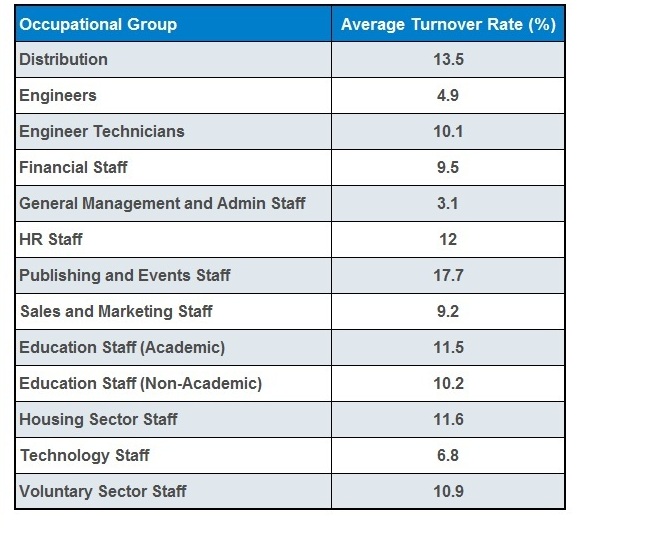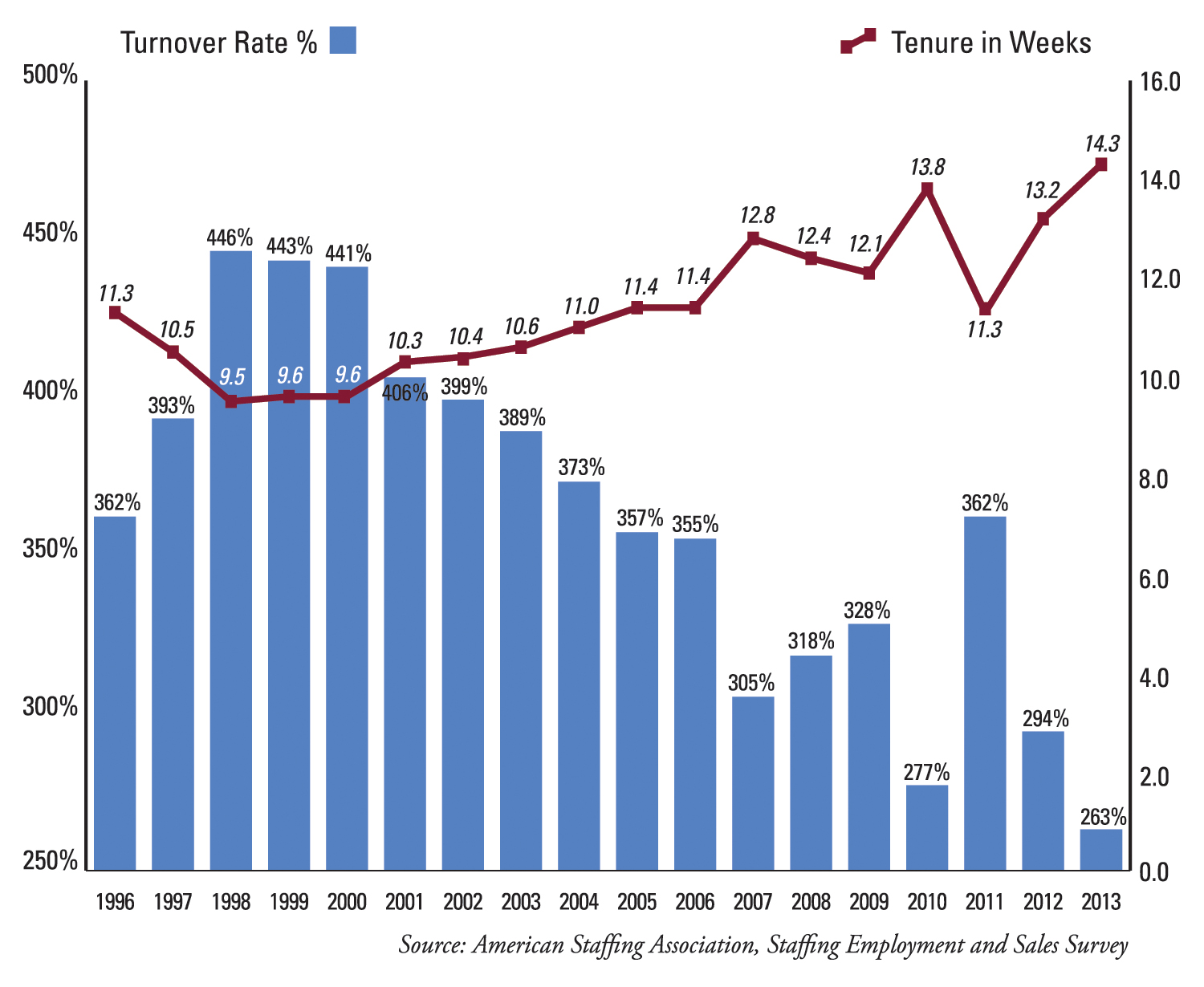

Employees are given an opportunity for advancement and are not micromanaged. They solicit input and involvement from all employees and maintain a true “open-door” policy that avoids closed-door meetings. Second, most companies with low turnover rates are very employee oriented: Hiring the people that are a good “fit” with the culture of the organization meaning that their values, principles, and goals clearly match those of the company and then training as necessary will go a long way toward ensuring employee loyalty and retention. Does your company have an ongoing career development program, tuition reimbursement, or skills training program? An investment in upgrading the workforce is one of the best investments a company can make when looking at long-term growth. These include such things as non-competitive compensation, high stress, working conditions, monotony, poor supervision, poor fit between the employee and the job, inadequate training, poor communications, and organization practices.įirst, hire the right people and continue to develop their careers. However, certain causes associated with turnover in any specific job or organization can be managed. Area economic conditions and labor market conditions affect general turnover rates and can be very difficult to manage. There are many potential causes for turnover. Examples include Hertzberg’s two factor theory, McClelland’s Theory of Needs, and Hackman & Oldham’s Job Characteristics Model. Many psychological and management theories exist regarding the types of job content which is intrinsically satisfying to employees and which, in turn, should minimise external voluntary turnover. Classifications of Turnover:Īside from the fore-mentioned career opportunities, salary, corporate culture, management’s recognition, and a comfortable workplace seem to impact employees’ decision to stay with their employer. Indirect costs include such things as increased workloads and overtime expenses for co-workers, as well as reduced productivity associated with low employee morale. Much time and expense go into this process. Direct costs include recruitment, selection, and training of new people.

Turnover costs for many organizations are very high and can significantly affect the financial performance of an organization.

High turnover can be harmful to a company’s productivity if skilled workers are often leaving and the worker population contains a high percentage of novice workers. If an employer is said to have a high turnover relative to its competitors, it means that employees of that company have a shorter average tenure than those of other companies in the same industry. Simple ways to describe it are “how long employees tend to stay” or “the rate of traffic through the revolving door.” Turnover is measured for individual companies and for their industry as a whole. In a human resources context, turnover or labour turnover is the rate at which an employer gains and loses employees. After reading this article you will learn about Turnover:- 1.


 0 kommentar(er)
0 kommentar(er)
